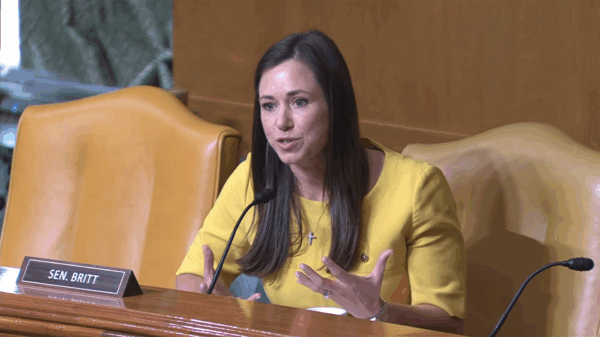Alabama is preparing to execute death row inmate Anthony Todd Boyd using nitrogen gas.
Governor Kay Ivey on Monday set Boyd’s execution date, making him the third Alabama prisoner scheduled to die in three months. The execution will take place between midnight on October 23 and last until October 24, according to the governor’s order.
Boyd marks the sixth execution scheduled in Alabama this year. The state was set to execute David Lee Roberts by nitrogen hypoxia on August 21. That execution has been put on hold until the Alabama Department of Mental Health can assess Roberts’ mental competency.
Ivey set an execution date for Geoffrey Todd West less than a week after setting an execution date for Roberts.
West is scheduled to be put to death by nitrogen gas between midnight on September 25 and 6 a.m. on September 26.
Boyd has been on death row since 1995 for the murder of Gregory Huguley in Talladega County. Prosecutors said Huguley, who owed Boyd and three other men $200 for cocaine, was kidnapped, bound, doused in gasoline and burned alive at a rural baseball field in 1993. Boyd was convicted of capital murder during a kidnapping, with a jury recommending death by a 10–2 vote.
Boyd, the current chairman of Project Hope to Abolish the Death Penalty, is now challenging the execution method in federal court. In 2018, when Alabama offered inmates the option of selecting nitrogen hypoxia instead of lethal injection, Boyd signed up, but procedures for carrying it out were not yet developed at the time.
Alabama carried out its first nitrogen gas execution last year. Alabama has used nitrogen to carry out five executions and has another planned in September. State prosecutors insist nitrogen hypoxia is painless, with Attorney General Steve Marshall’s office writing that it causes unconsciousness within seconds.
In a July lawsuit filed just weeks after the state moved to schedule his execution, they cited witness accounts describing inmates convulsing and gasping for air during previous nitrogen executions.
They contend the state’s heavily redacted protocol is vague, omitting details such as who is responsible for overseeing key steps or how officials are trained. The filing also argues the protocol “does not provide for what to do in the event a prisoner remains conscious “within seconds of nitrogen beginning to flow into the mask.”
Boyd has asthma and vertigo, conditions his lawyers say could make his death by nitrogen “more painful and prolonged.”
A federal judge has scheduled a September 4 hearing on Boyd’s lawsuit. The court will consider his request to block the nitrogen execution and his proposed alternatives, which are a firing squad, hanging, or medical aid-in-dying.
Alabama officials dismiss Boyd’s claims as a stalling tactic, saying that Boyd is “less concerned with the legitimacy of his claims than with throwing a spanner into the State’s execution process.”
The state has also argued that the disturbing movements seen in previous executions were either inmates resisting or “involuntary movements associated with dying.”




















































